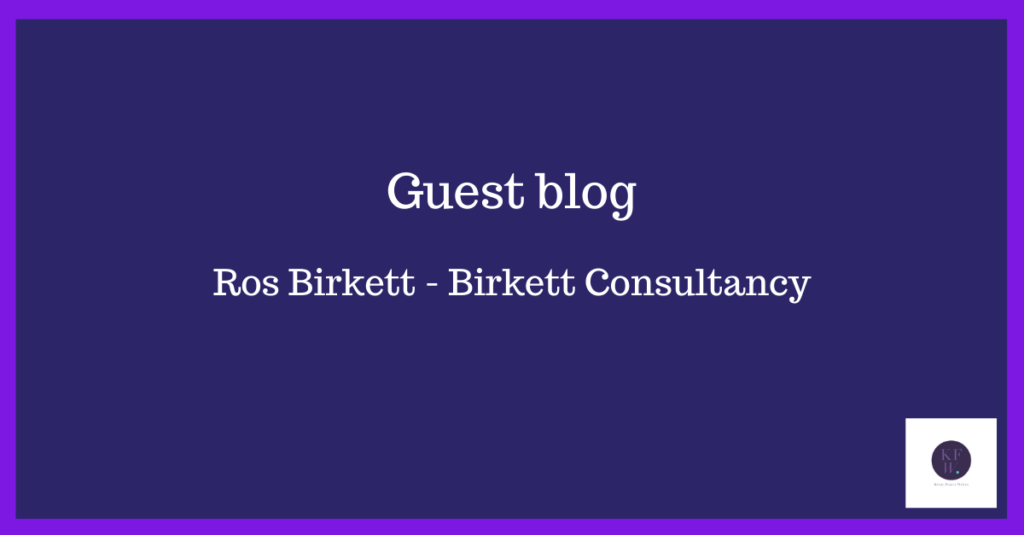
In a nutshell, your brand is your most valuable asset. Whether at home or in the workplace, we all have brand preferences. Firm favourites we use often, ones we’re following and may well try out next time, and those, for whatever reason, we dislike, mistrust, and prefer to avoid.
Successful brands connect. They have personality, inspire confidence, and are easy to recall. They’re distinctive, making good use of engaging, clear, consistent communication.
Inconsistent branding endangers that relationship. From a customer’s standpoint, it’s confusing and careless. After all, if the brand doesn’t care, why should its customers? Damaging your brand’s reputation will have a negative effect on not only your brand, but your bottom line too – ouch!
John Lewis’ Never Knowingly Undersold (NKU) pricing promise has served them well for almost 100 years and played an integral role in driving loyalty and lifelong customers. If ease, choice, and fast delivery are top of your list, Amazon is likely to hit the spot. Meanwhile, Red Bull is busily ticking all the boxes for speed loving thrill seekers. What these brands have in common is consistency and that does have a value.
The most recent Brand Consistency Benchmark report found “The average revenue increase attributed to always presenting the brand consistently” to be 33%.
Building brand loyalty involves the whole brand experience from start to finish and beyond. As business owners, we all want to attract new customers and a growing number of repeat customers over the longer term.
The first thing to check is your brand resources – do you have everything you’ll need to stay on track?
Logo masters – various file formats so you’re covered for large and small, online and offline applications. Remember, there’s nothing worse than seeing a logo stretched out of proportion, pixelated, or in the wrong colours.
Image library –key images in high and low resolutions, not forgetting social media profile pictures and avatars – the small profile image which displays on your timeline.
Colour palette – colour breakdowns so that you’re good to go for litho, digital and desktop, (Pantone, CMYK & RGB), as well as Hex for web/online.
Brand fonts – usually comprising a pairing for on and offline use.
Strapline – summing up the essence of your brand or company, including its values and personality. Ideally short enough to be remembered and memorable enough to stand the test of time.
USP – differentiates your brand.
If you’re missing any of these elements, talk to your logo designer about working together to develop and complete your brand identity.
The other essential is your Brand Personality Framework. It’s a set of assigned human traits, or characteristics, which help towards building an emotional connection between your prospects and your brand’s personality.
There are five key dimensions – Competence, Sincerity, Excitement, Sophistication, and Ruggedness, each with its own set of traits. Red Bull’s personality is Excitement, as is Nike’s, Rolex and Apple are Sophistication – you get the drift? Even big brands make the occasional gaff though. Harley Davidson (Ruggedness) over-extended their branded product range to include cologne. No surprise it failed being at odds with Harley’s masculinity and strength values.
Google has lots of framework chart examples, which you can use to determine which section your brand resonates with. Try not to overcomplicate – your brand’s personality will change and evolve over time. Once you have your framework, keep it in mind. It will prove an invaluable checklist for all your future brand activities.
Two-thirds of us use more than one channel to make purchases. With all the online and offline opportunities to make an impression, consistency across all channels and touch points is more important than ever.
